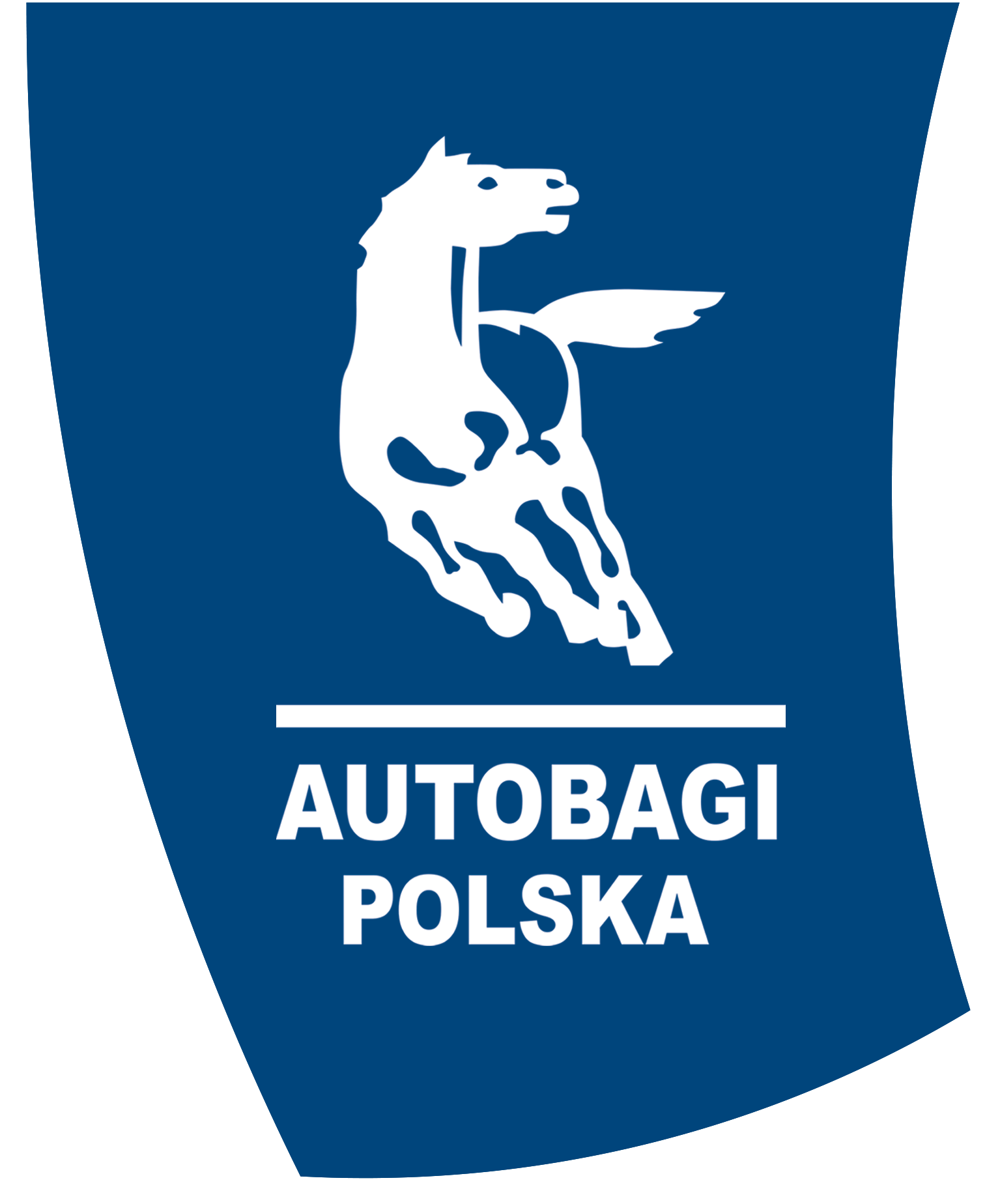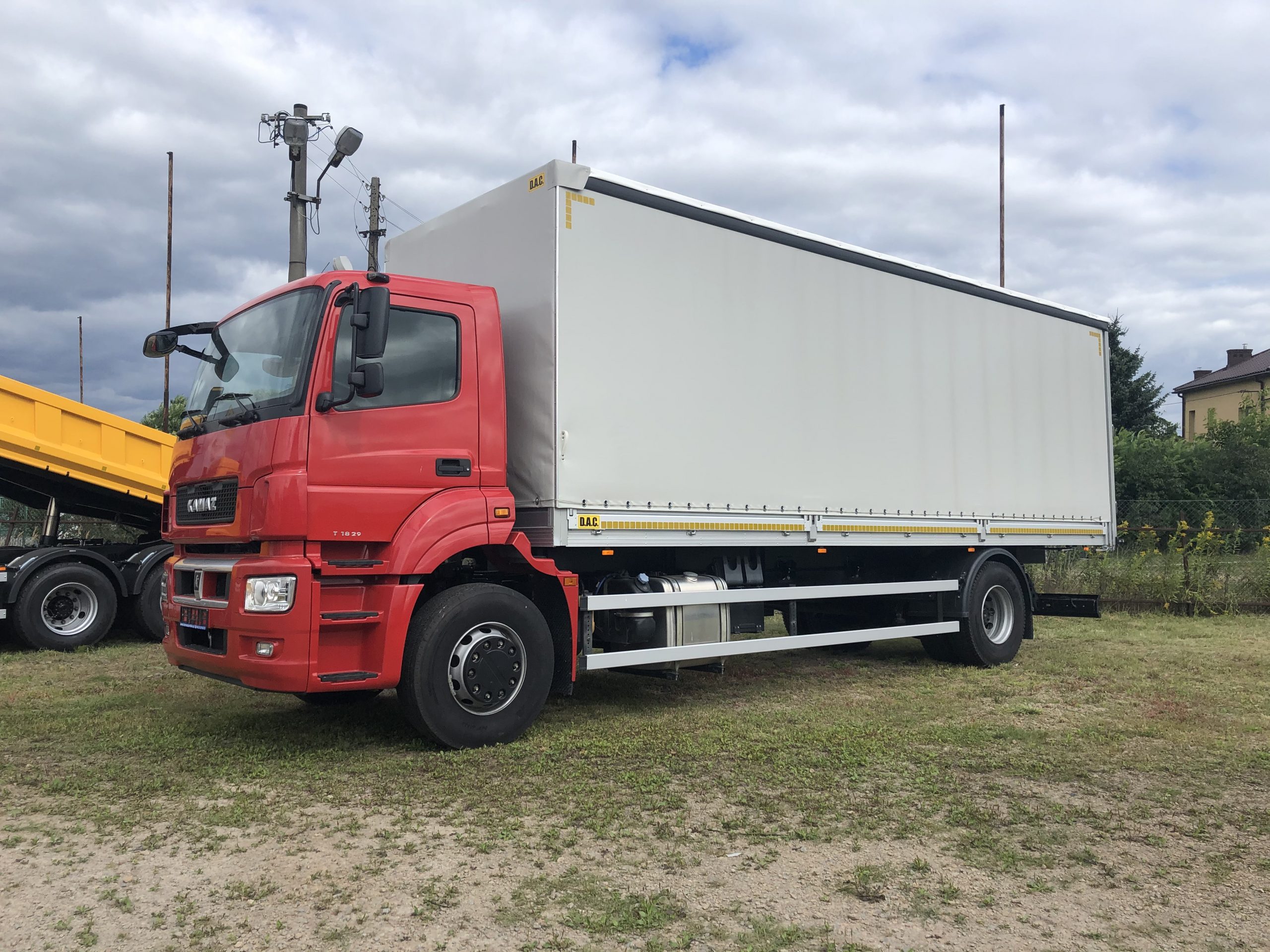Kamaz – a Russian manufacturer of universal, specialized and specialized trucks and buses of various classes and types – invests extremely heavily in new technologies and developments.
As a result, it is becoming one of the leaders in the sphere of progress and development not only in the domestic market, but also in the international system. 
On June 12, the entity demonstrated an unmanned – autonomous electric bus – with an all-electric drive.
The demonstration took place in static and dynamic modes.
The demonstrated vehicle bears the symbol 1221 – Kamaz 1221 – and is sometimes referred to as “Sh.A.T.L.” (“Ш.А.Т.Л.” – Широко Адаптивная Транспортная Логистика – Wide Adaptive Transport Logistics).
To demonstrate the capabilities of SHATL in dynamic mode, a driving route was predefined, located inside the fenced area and forming a retreat.
The length of the special section on a sandy embankment along the bank of the Kazanka River was 650 meters.
The speed during the demonstration was up to 10 km/h.
The audience was able to see the innovative and futuristic design and the very concept of using such a means of transportation.
Developed jointly by KAMAZ and NAMI, the unmanned variant belongs to the particularly small SHATL class of the M2 category.
It is designed to travel on paved road surfaces – driving is done using digital maps, navigation and vision systems.
This is all the more so because electromobility and unmanned vehicles are now major developments in Russian engineering.
In this context, the Shuttle is Kamaz’s latest project, on the example of which the main trends in the development of the automotive industry can be traced.
At the same time, the Type 1221 is just one of the unique models of unmanned vehicles that KAMAZ specialists are now actively working on, as part of ongoing efforts to develop intelligent transportation systems.
The KAMAZ-1221 UAV stands at a specific place – this is the moment of exit from inside the passengers at the stopping points specified by the traffic service and selected by users from a list proposed along the route.
The interface allows the passenger to control the door-opening system, the stop selection system, on-demand stopping, emergency stopping, calling for assistance and manual door opening.
On top of that, there is a USB port for charging electronic devices on board.
The weight of the vehicle has been optimized as much as possible: the body – the body is made of composite materials, the frame of aluminum components.
In addition, the platform for transmitting the 5G standard signal received on the buses was the pilot zone of the fifth-generation MegaFon network.
At the same time, telemetry information about traffic parameters and modes of operation of electric bus units and assemblies was received online on the KAMAZ server.
This information is collected from hundreds of sensors installed in the autonomous vehicle – a transport passenger drone.
Indeed, the task of organizing the remote control of the unmanned electric bus required the rapid deployment of a 5G network on the test track in Kazan.
Only namely, the fifth-generation network can provide immediate response of the steered vehicle.
The high throughput of the fifth-generation network, combined with minimal signal delays in the future, will help quickly solve the problems of optimizing information and traffic flows.
In this context, the parameters of existing communication standards are not sufficient for reliable and safe mass deployment of unmanned vehicles, and later – in the future for autonomous traffic on, among other things.
highways.
MegaFon had already demonstrated the first implementation of this system at a soccer match, demonstrating the operation of a mobile 5G device.
As a result, it was even further ahead of practical cases of 5G applications in the fields of augmented reality, medicine, and for municipal and operational services.
Thus, high bandwidth and data rates, the possibility of multiple connections without loss of quality – these and other features of the 5G standard prove that the future of the digital community is behind it.

